Cora Pearl served herself up nude at Parisian dinner parties in the mid-1800s. Her society-shocking behavior as a sought-after courtesan became symbolic of the decadence of the French Second Empire. But the belle of the demimonde actually descended from humble English origins.
Cora Pearl was born Emma Elizabeth Crouch in Portsmouth, England, probably around 1835, though in her memoir, she took seven years off her age, claiming a birth year of 1842. Her father, Frederick Nicholas Crouch, was a songwriter of some fame, who abandoned the family and moved to the U.S. He would go on to marry several times and it was said that he had 20 children.
Emma’s mother, meanwhile, took up with a man with whom Emma did not get along. She and her siblings were shipped off to a French boarding school, where she learned the country’s language and manners. After schooling, she moved in with her grandmother in London and took a job as a milliner’s assistant, which bored her. In a perhaps apocryphal story, young Emma was taken advantage of by a random man she met after work, an event that set her on her life’s path.
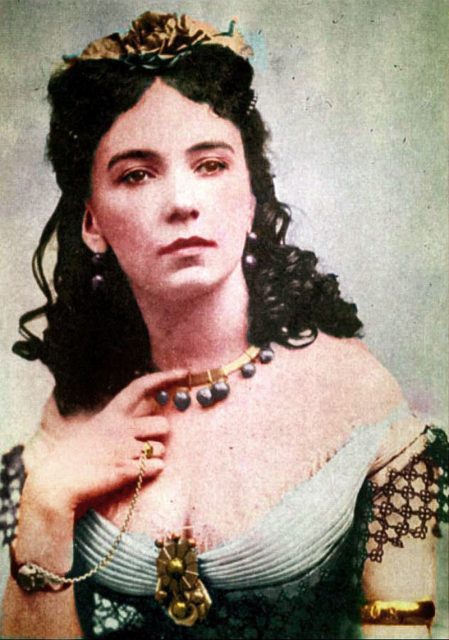
In this tale, Emma came out of the workshop expecting to find a female companion. Instead, she met a man who offered to buy her cakes. The man took her to a gin palace, filled her with drink, and seduced her, leaving her a 5 pound note on a bedside table which she discovered in the morning. While it sounds improbable, it wasn’t impossible in 19th century London. It’s also possible that Emma’s mother’s boyfriend had behaved in a very inappropriate manner with the child.
Regardless, it was a turning point for Emma. She felt she couldn’t return to her grandmother’s house. Instead, she took a room in Covent Garden and began entertaining gentleman callers, one of whom, Robert Bignell, was the proprietor of a notorious brothel called Argyll Rooms. She moved into Argyll, and traveled with Bignell several times to Paris. She fell in love with the City of Light, decided to stay there, and changed her name to Cora Pearl.
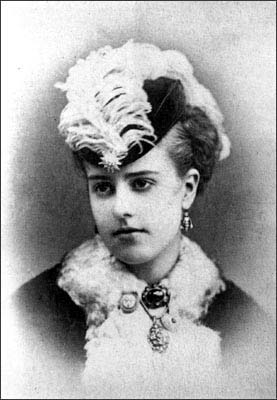
Second Empire Paris in the mid 19th century was the center of the cultural world, a cauldron of emerging poets, artists, musicians, and assorted bon vivants.
As a courtesan, Cora Pearl was a sensation, exciting patrons with her tiny waist and bountiful bosom. She was impetuous, exuberant, unembarrassed to express passion. She had a string of “protectors,” as they were called, starting with Victor Massena, the Duke of Rivoli. He showered her with money and gifts, bought her her first horse, and bankrolled her excursions to gambling dens. Her many influential lovers included the Prince of Orange, the heir to the throne of the Netherlands; Napoleon III’s half-brother the Duke de Morny; and his cousin Napoleon Joseph Charles Paul, sometimes known as Prince Jerome Napoleon, with whom she had her longest (and most lucrative) relationship.
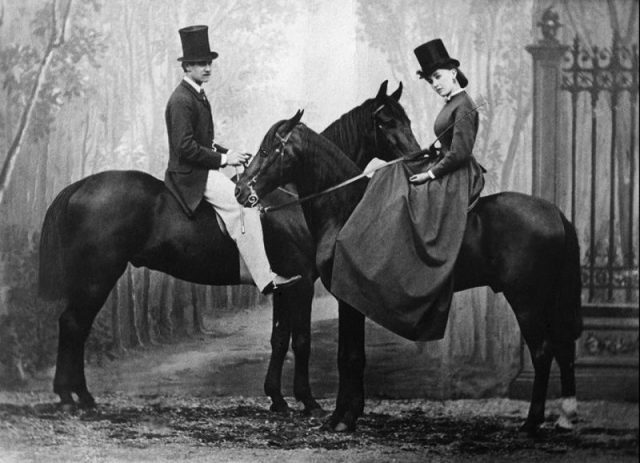
Cora became renowned for her affinity for horses. At one point, she owned as many as 60, along with a fleet of carriages. She is said to have inspired the fashion for courtesans to ride in carriages in the Bois de Boulogne. At the height of her popularity, she had two residences in Paris and a chateau in the country.
Cora Pearl became one of the most famous Parisian courtesans of her era, known for her scandalously sexy behavior. She would dance in her birthday suit in front of guests or bathe in champagne. She served outrageously extravagant meals, during one of which she supposedly had herself presented naked on a silver platter. Her high-fashion dresses and sumptuous lingerie were crafted by the finest clothiers in the country. She wore the finest jewelry and expensive perfume. She loved to gamble. Ka-ching!
She made a brief foray into theater—wearing little more than strategically placed diamonds—but her efforts weren’t serious or lauded.
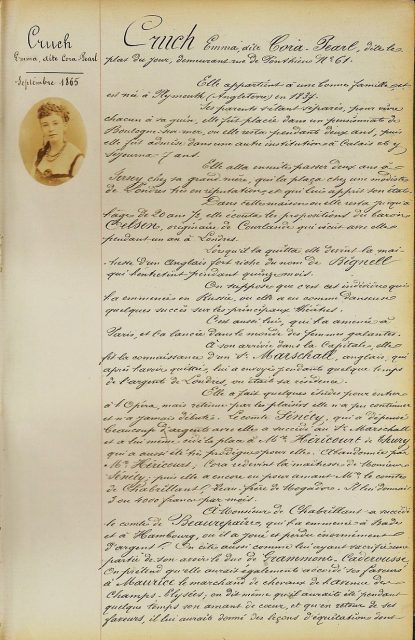
The end of an era was nearing, though. The Franco-Prussian war put a damper on frivolous parties. Cora returned briefly to England with Prince Jerome Napoleon, but she was turned away from Grosvenor Hotel, given her reputation. When she went back to Paris, she discovered that a conservative austerity had taken over the formerly effervescent city. Her extravagance was now seen as gauche, and she had fewer wealthy callers to pay her bills.
A wealthy but erratic young man 10 years her junior, Alexandre Duval, became obsessed with Cora Pearl. She put up with him for a while, needing his money, but when he became too unhinged, she dumped him. The jilted Duval showed up on her doorway with a firearm, tried to force his way into her house, and in the ensuing struggle, managed to pull the trigger on himself.
Gossips claimed that Cora slammed the door, leaving him outside to bleed. The New York Times reported that she actually brought him in and tended to his wounds. Either way, Duval made a full recovery, but Cora Pearl’s already fragile reputation was shattered.
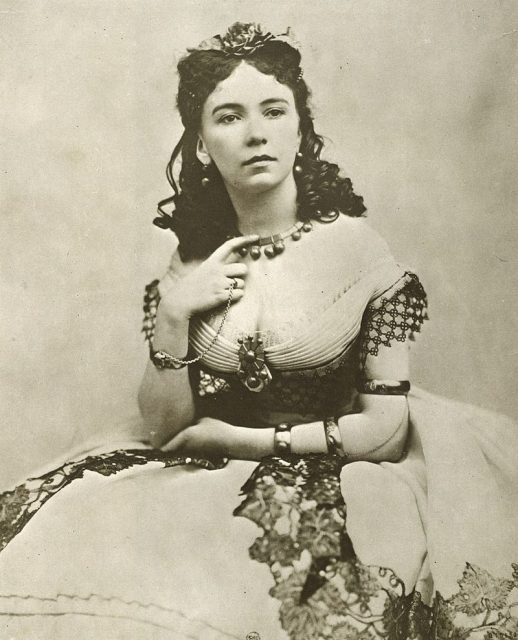
As she reached her 40th birthday, her fortunes spiraled downward. Prince Jerome Napoleon, who’d been paying her bills, cut her off. Over the next decade, she slowly sold off assets bit by bit—the houses, the horses, the jewelry. By 1885, she had nothing left and was living in a boarding house.
Cora Pearl was literally at the end of her life. She published her memoir in 1886, but because she disguised the names of her patrons and downplayed her raunchy exploits, it was deemed dull and quickly disappeared. Though she didn’t know it, she had intestinal cancer, which would take her within one year. She died on July 8, 1886. One of her former lovers anonymously covered the cost of her funeral and burial. She was buried in Batignolles Cemetery in Paris, though there is no grave marker. She was 51.
E.L. Hamilton has written about pop culture for a variety of magazines and newspapers, including Rolling Stone, Seventeen, Cosmopolitan, the New York Post and the New York Daily News. She lives in central New Jersey, just west of New York City
